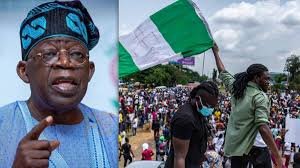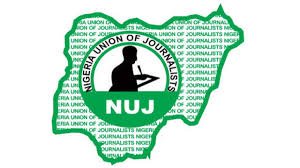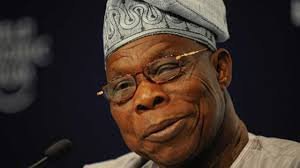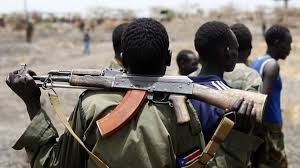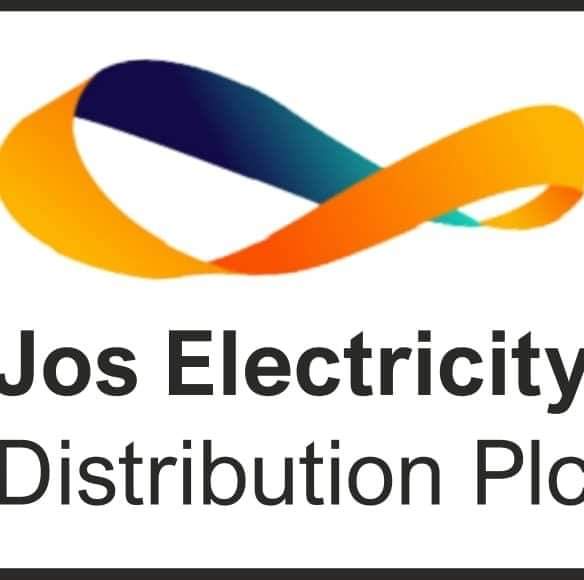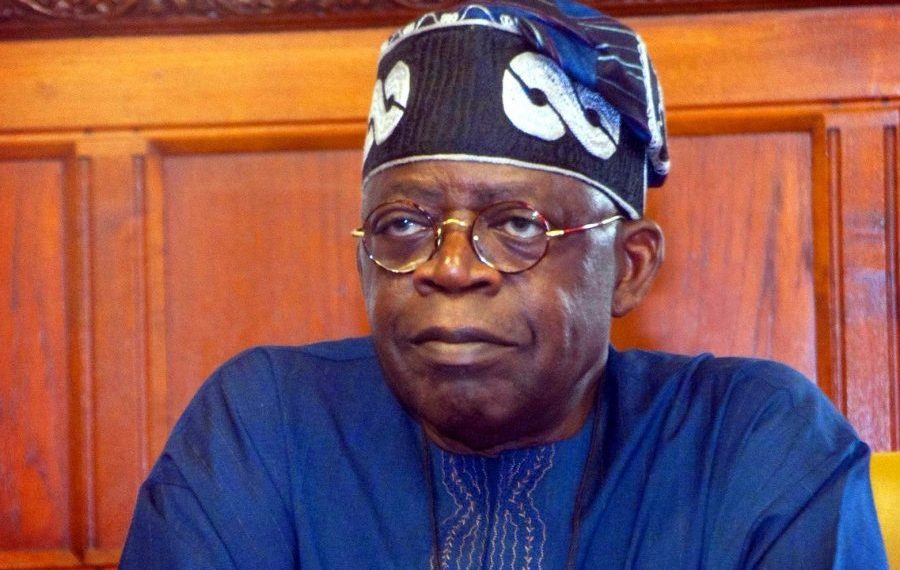States in northern Nigeria have ranked lowest in literacy rate due to heightened insecurity in the region, a report by Philip Consulting has stated.
According to the firm, the report, which is titled “State Performance Index for 2023, combined objective data from public sources and subjective data from surveys of residents in each state.
Shedding light on the report, Victor Mba, the head Philip Consulting, Abuja office said literacy is directly related to development.
In an interview with ARISE NEWS on Friday, February 9, Mba urged states in Nigeria to take human capital development seriously.
“When you educate people, they contribute to development. It might not be immediate but it’s a long-term development,” he said.
He added that states that rank high in literacy, such as Lagos, Anambra, and Abia, are also among the top performers in other indicators, such as GDP, debt, and infrastructure.
“On the other hand, states that rank low in literacy, such as Zamfara, Yobe, and Kebbi, are also among the bottom performers in the same indicators.”
Mba attributed the low literacy rate in the northern states to insecurity that has plagued the region for several years, especially the activities of Boko Haram terrorists.
He said that the federal and state governments need to do more to ensure the safety and welfare of the people in the north and to provide them with quality and accessible education.
“The whole essence of this report is to form a collaboration between the states and not in any way a name and shame scheme. We want a situation where the failing ones will look at other states where they are performing better and draw from those states,” he said.
Mba noted that the report used 35 indicators, grouped into performance indicators and perception indicators, to measure the states. The performance indicators are based on secondary data, such as GDP, debt, literacy, health, and security, while the perception indicators are based on surveys, such as governance, corruption, ease of doing business, and social cohesion.
He said that the report benchmarked each state against the best performing state in each indicator and multiplied by the weight of the indicator to give the overall ranking for each state.
“The report gave an outlook for each state based on the potentials, plans, and projections for the next one year,” he stated.






